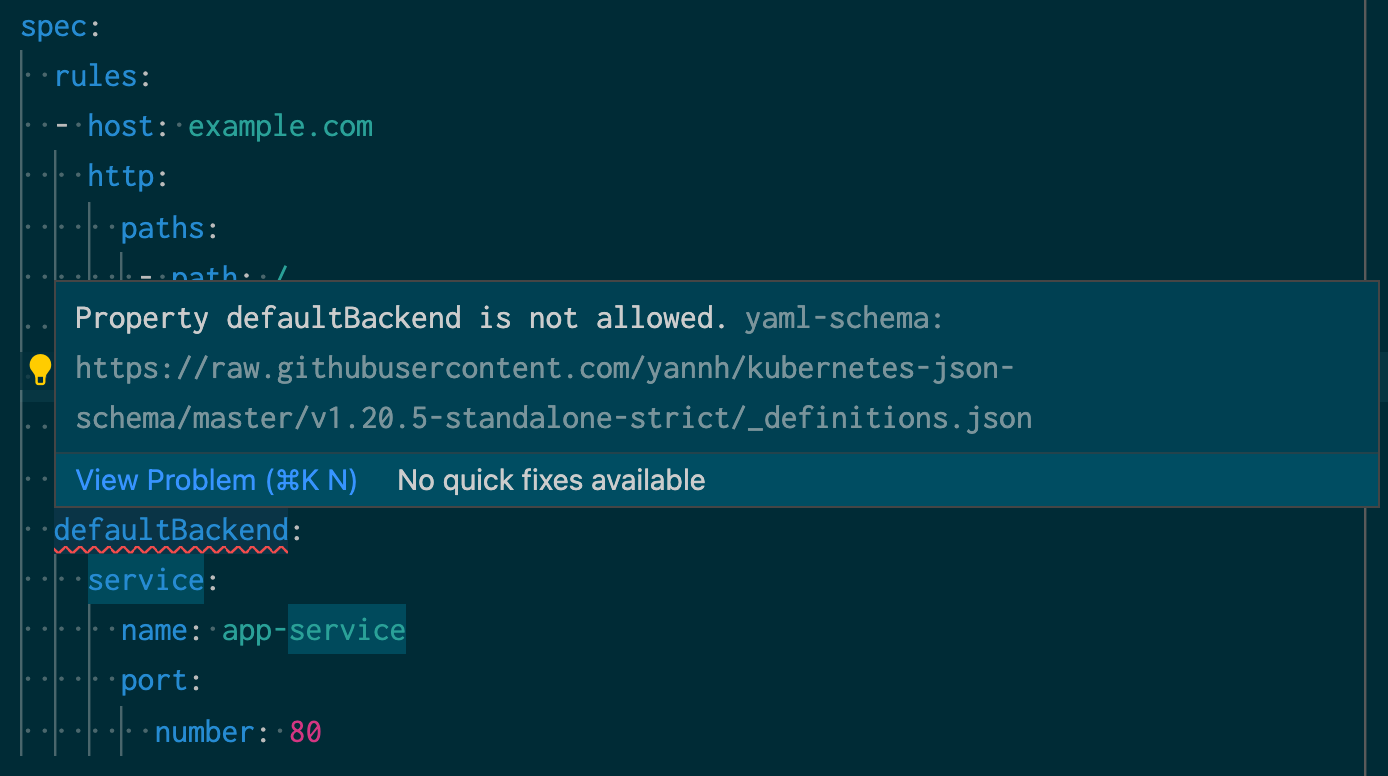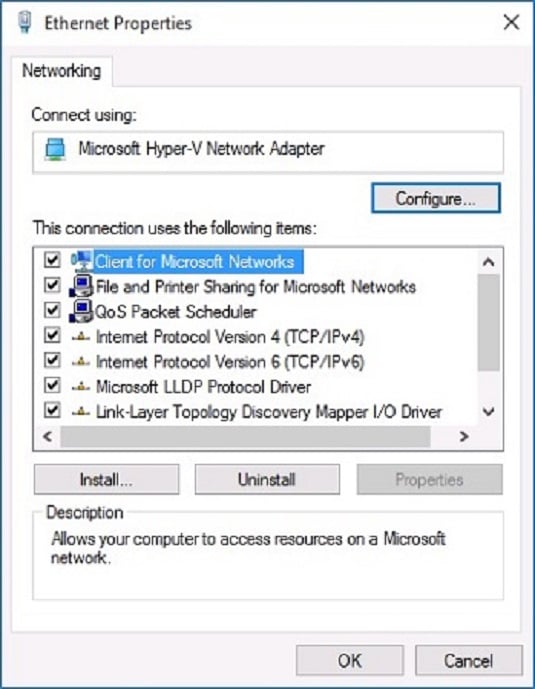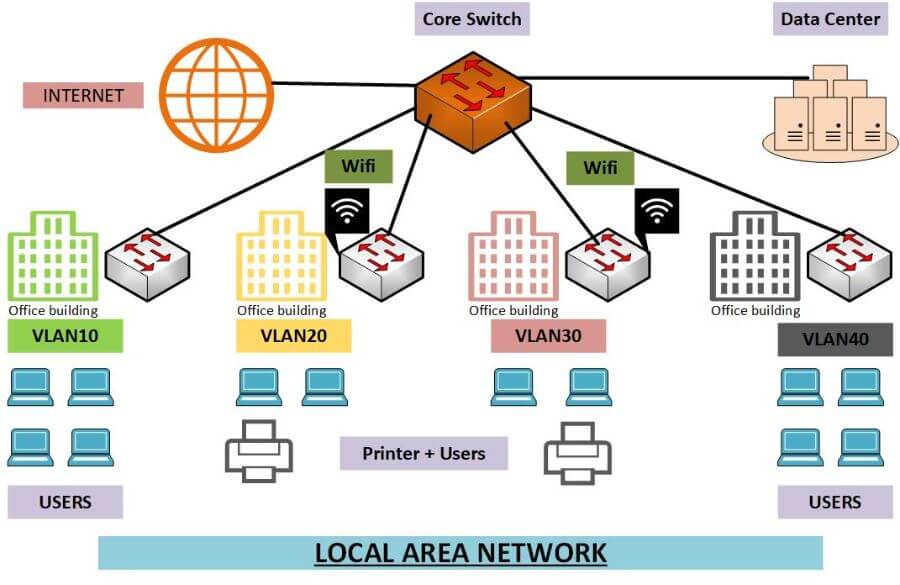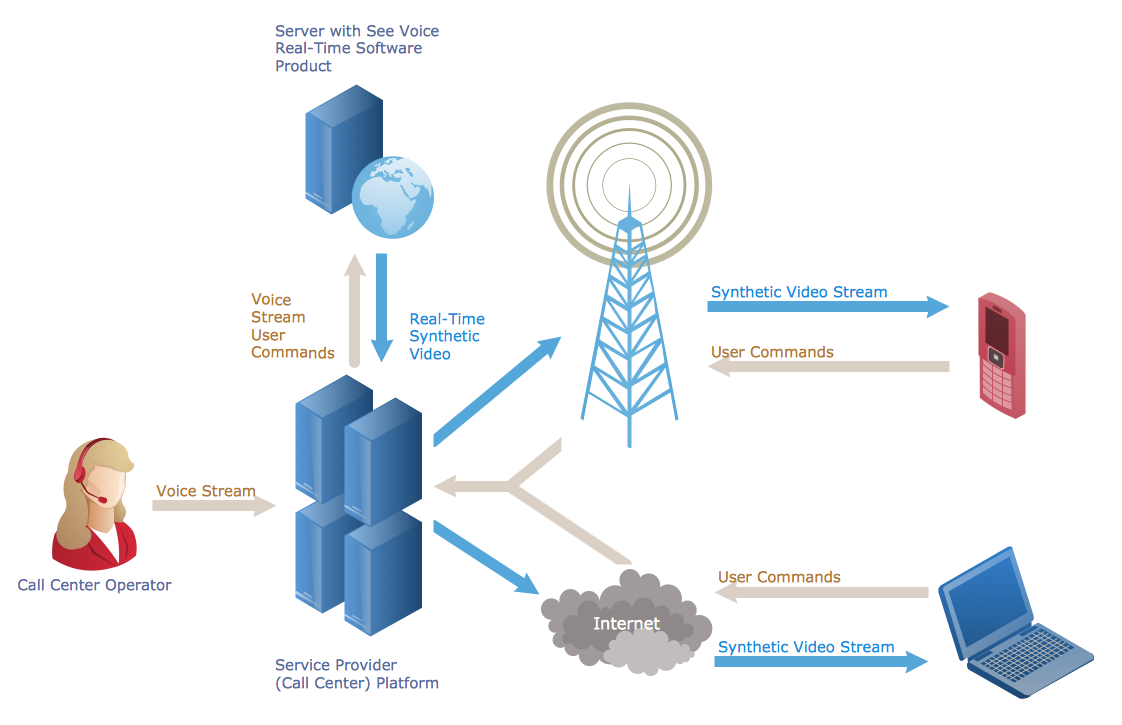Services Networks Additional Property Is Not Allowed

The midday sun filters through the leafy canopy of Oak Haven Park, dappling the picnic blankets spread across the lawn. Laughter mingles with the gentle strumming of a guitar as families gather, seemingly oblivious to the quiet revolution brewing beneath the surface – a subtle shift in the very fabric of community resource allocation.
At the heart of this change is a simple but profound principle: Services Networks Additional Property Is Not Allowed (SNAPINA). It's a policy quietly reshaping how local non-profits operate, forcing a re-evaluation of existing resources and promoting creative collaboration to meet growing community needs.
Understanding SNAPINA
SNAPINA, while seemingly straightforward, carries significant implications for service providers. It essentially prohibits organizations within designated service networks from acquiring additional property, be it land, buildings, or even long-term leases, unless exceptional circumstances are met and rigorously justified.
The initiative, spearheaded by the city council in collaboration with the United Way of Greater Oak Haven, aims to prevent resource duplication and encourage more efficient use of existing infrastructure. This paradigm shift requires organizations to focus on optimizing their current assets and collaborating to fill service gaps.
The Backstory
The seeds of SNAPINA were sown several years ago, amidst growing concerns about the fragmentation of social services in Oak Haven. A 2021 study, commissioned by the Community Foundation of Oak Haven, revealed a concerning trend: multiple organizations, often working independently, were offering similar services in overlapping geographic areas.
This duplication, the report highlighted, led to inefficiencies, increased administrative overhead, and ultimately, less effective support for residents in need. Resources were stretched thin, and opportunities for synergistic partnerships were being missed.
Councilwoman Emily Carter, a driving force behind the initiative, explained, "We recognized that simply throwing more money at the problem wasn't the solution. We needed to fundamentally rethink how we allocate resources and foster a spirit of collaboration."
The Rationale Behind the Policy
SNAPINA's core philosophy is rooted in the belief that leveraging existing resources is more sustainable and impactful than constant expansion. Instead of each organization seeking to build its own empire, the policy encourages a shared services model.
For example, a food bank with underutilized warehouse space could partner with a job training program needing a practical workshop area. A community center with a sprawling playground could offer its space for after-school programs run by a tutoring non-profit.
"It's about unlocking the hidden potential within our existing network of service providers," says David Miller, Executive Director of the United Way. "It requires a shift in mindset, from competition to cooperation."
The Impact on Local Non-Profits
The implementation of SNAPINA has undeniably presented challenges for some organizations. Previously, the traditional growth model often involved acquiring more property to expand services and reach a larger client base.
Now, non-profits must demonstrate that all alternative solutions have been explored before even considering a request for property acquisition. This includes thoroughly investigating partnerships, shared spaces, and technology-driven solutions.
However, many organizations have embraced the challenge, finding creative ways to adapt and thrive under the new policy. The Oak Haven Family Services Center, for example, initially struggled to accommodate its growing caseload of counseling clients.
Instead of seeking to purchase a larger building, they partnered with a local church that had underutilized meeting rooms during the week. This allowed the Center to expand its services without incurring significant capital costs.
"It forced us to think outside the box," admits Sarah Chen, Director of the Family Services Center. "And in the end, it led to a stronger, more collaborative relationship with another vital community organization."
Success Stories and Unexpected Benefits
One of the most significant benefits of SNAPINA has been the increased dialogue and collaboration among local non-profits. Regular meetings and workshops are now held to facilitate resource sharing and identify opportunities for joint programming.
The Nonprofit Quarterly has highlighted the Oak Haven model as a potential best practice for other communities facing similar challenges. Their analysis cites the tangible improvements in service delivery and reduced administrative costs.
The policy has also spurred innovation in the use of technology. Several organizations have adopted online platforms to streamline service delivery, improve communication, and reduce reliance on physical space.
Challenges and Future Directions
Despite its successes, SNAPINA is not without its critics. Some argue that the policy stifles growth and limits the ability of organizations to respond to emerging community needs. Others express concerns about the potential for power imbalances in collaborative partnerships.
Addressing these concerns is a priority for the city council and the United Way. Regular evaluations of the policy's impact are conducted, and adjustments are made as needed to ensure fairness and effectiveness.
The future of SNAPINA lies in fostering a culture of continuous improvement and adaptation. This includes providing ongoing training and support to non-profits, promoting data-driven decision-making, and actively soliciting feedback from community stakeholders.
Councilwoman Carter emphasizes, "SNAPINA is not a static policy. It's a living, breathing framework that evolves in response to the changing needs of our community."
The commitment to adaptability is vital to maintaining trust and ensuring that the policy effectively serves its purpose of maximizing resources for community betterment.
Looking Ahead
SNAPINA is more than just a policy; it's a testament to the power of collective action and the importance of resourcefulness. It's a reminder that even in times of scarcity, innovation and collaboration can pave the way for a stronger, more resilient community.
As the sun dips below the horizon over Oak Haven Park, casting long shadows across the lawn, the laughter and music continue, a gentle reminder of the vibrant community that SNAPINA strives to support.
The policy encourages more effective, targeted support for everyone, ensuring that resources are used wisely and that those in need receive the help they deserve.


















